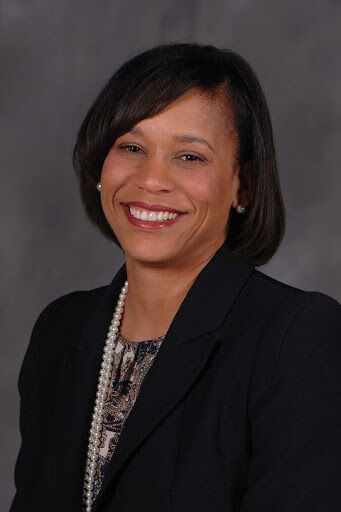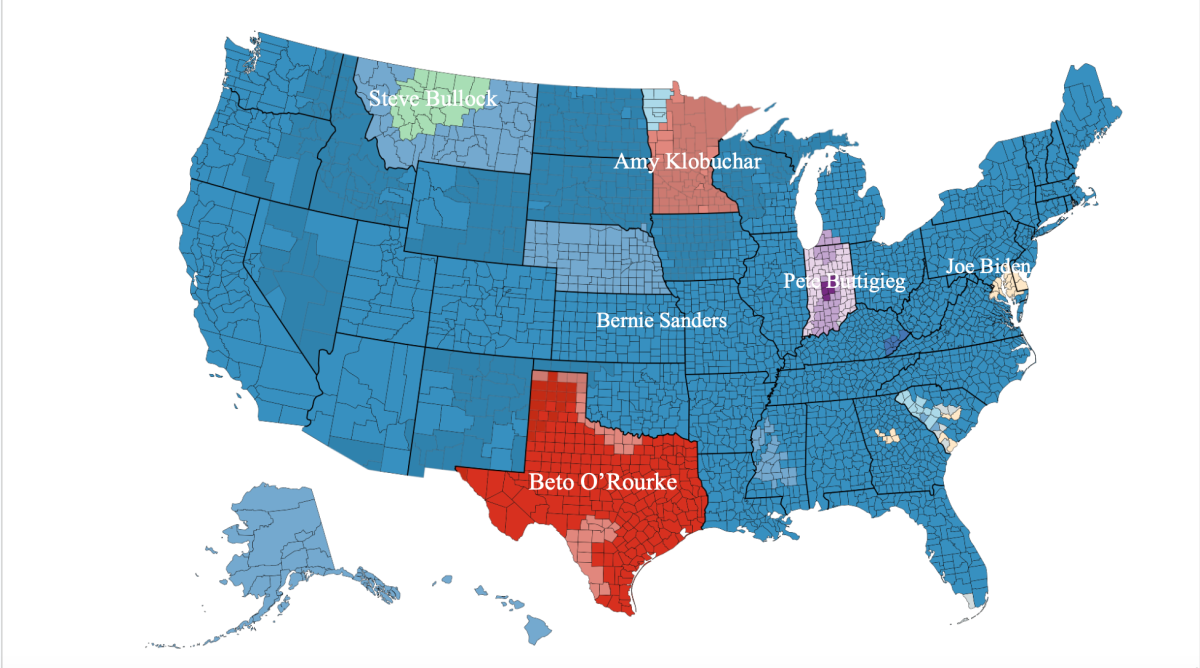Like many students, Camille Wild plans to travel an hour to her hometown Cleveland to vote for her first time.
Wild, a junior hospitality and event management major, originally planned to vote by mail, but changed her mind after a conversation with her mom.
“My mom wanted me to come home and vote because first time voting is supposed to be special,” Wild said.
After completing her voter registration online, she prepared by researching each presidential candidate and the issues that hit home for her. For Wild, school safety comes first.
She said reading about school shootings in the news terrifies her. She herself has experienced threats but has another personal connection. Many of her family members are educators, and she worries about their safety at work.
She said she wants to see change made systemically. Voting, for Wild, is her voice in that change.
“Voting is important to me because it’s my voice in the government,” she said.
Sophie Valentine, a freshman fashion design student and first-time voter, said the issue at the front of her mind is reproductive rights.
“As a woman, this is extremely important to me,” Valentine said. “It is scary to think about the things that could happen to us if we don’t go out and use our voices.”
Because women have not always had the right to vote, Valentine said it feels like a bigger responsibility. She wants to take advantage of her right to vote and use it toward the policies that will impact her.
“Our generation has the ability to make a huge impact in politics,” Valentine said. “Choosing to not take advantage of this is ignorant, because there are many voices who are underrepresented and need the chance to be lifted up.”
Generation Z and younger voters had a substantial impact in the 2020 presidential election, according to a Berkeley Institute study, and they are expected to remain a potent demographic in the upcoming election on Nov. 5.
However, college students may face barriers at the voting booth. These barriers can start during the registration process.
Ohio requires state-issued identification for online registration, which may be inaccessible for out-of-state students trying to register to vote at their college residence. Additionally, student housing addresses may be unclear, which may cause difficulty requesting an absentee ballot or registering to vote in a new county.
Residence hall addresses are different from student mailing addresses at Kent State. Confusion between the two addresses played a key role in the botched registration of an estimated 250 Kent students in September.
Transportation can also be a barrier. Students trying to vote early or on election day may lack transportation to the voting location. Valentine said this was a reason she decided to request an absentee ballot.
“I think it is just more convenient for a college student who does not have a car, and I can do it on my own timing,” she said.
Luckily, Valentine said her experience registering to vote was made easier by the resources provided on campus.
Local organizations, including the League of Women Voters and Kent State Votes, have attempted to break these barriers by helping eligible students register to vote and figure out their best plan for election day.
There are multiple ways students can choose to vote this year. Some are choosing to vote in-person in Kent, at their home county or state or are voting by mail. There are also students who have already voted, thanks to the Ohio Board of Elections’ early-vote option which ends Nov. 3.
Although registration closed earlier this month, students can continue their preparations and finalize their voting plans.
Kent State Votes has also invited students to pledge their vote in a Mid-American Conference competition that serves to keep students politically involved.
Ari Collins is a reporter. Contact her at [email protected].











